-
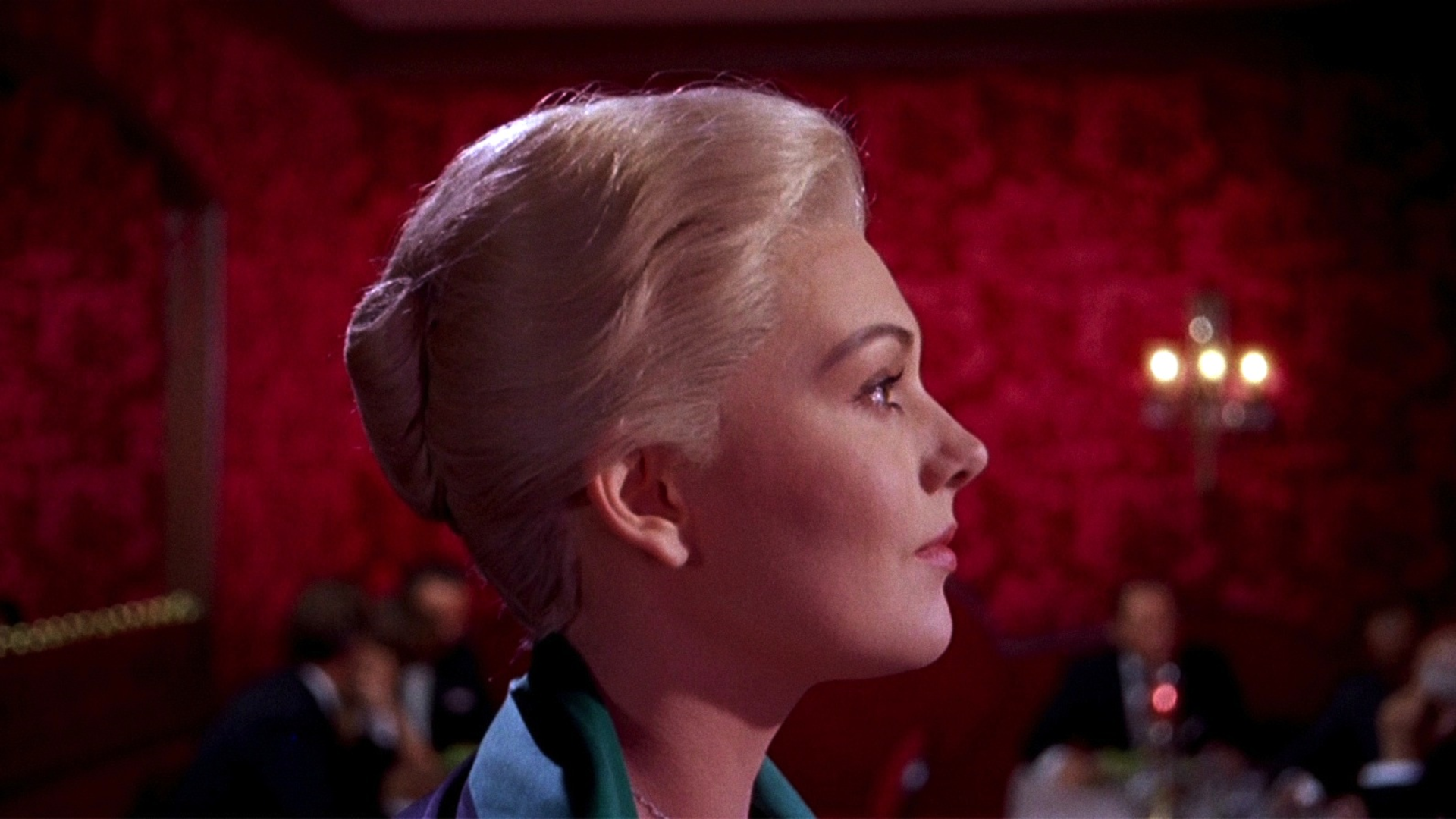
The Best Films of the 1950s Decade
The greatest films of the 1950s, from the classic Hollywood musicals to Japan’s Golden Age of cinema.
-
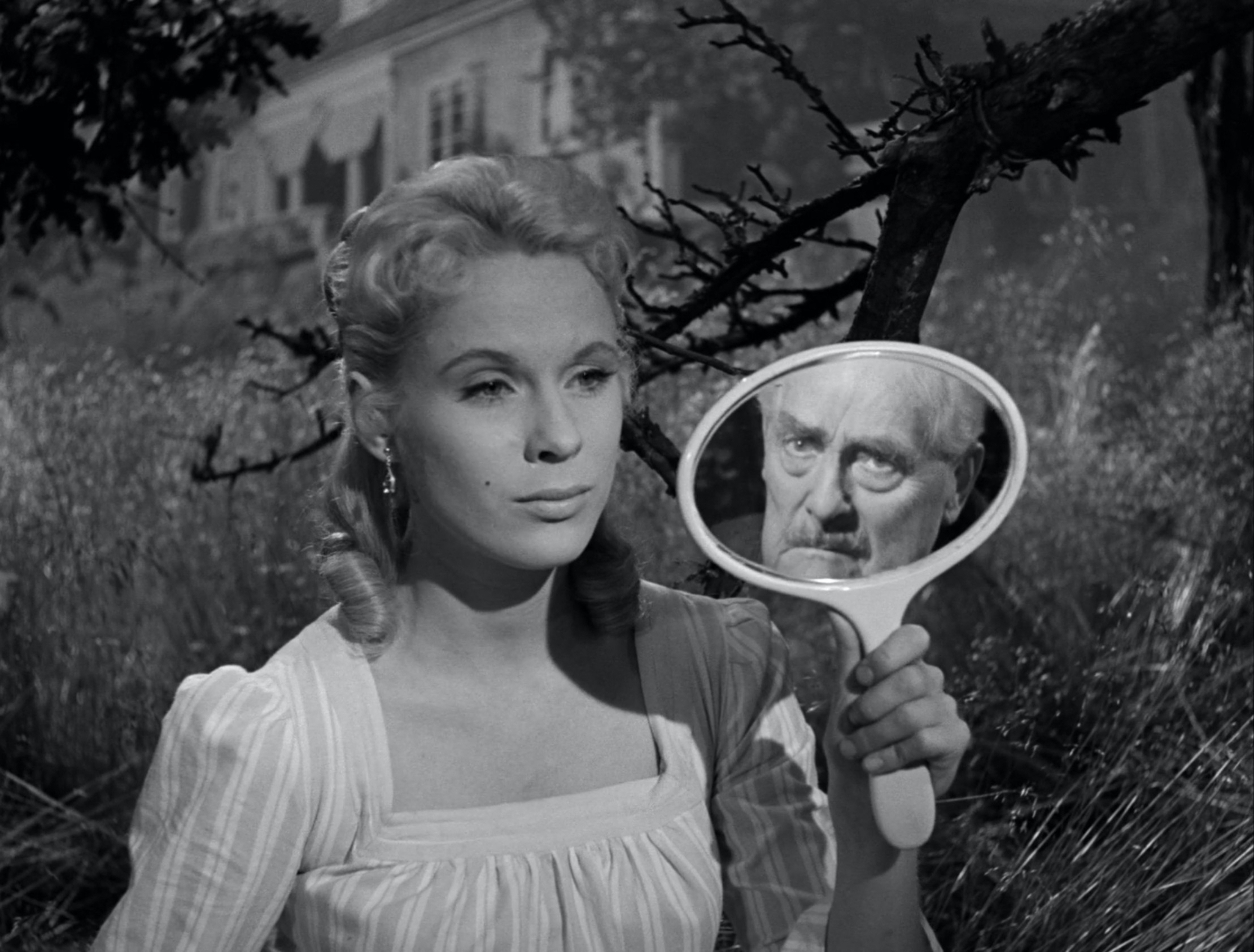
Wild Strawberries (1957)
Dreams, memories, and symbols drift by on the powerful current of Ingmar Bergman’s poetic screenplay in Wild Strawberries, turning one elderly professor’s road trip into a spiritual vessel of self-reckoning that confronts the many estranged relationships he has accumulated, and penetrating the surreal depths of his guilty mind through beautifully existential imagery.
-
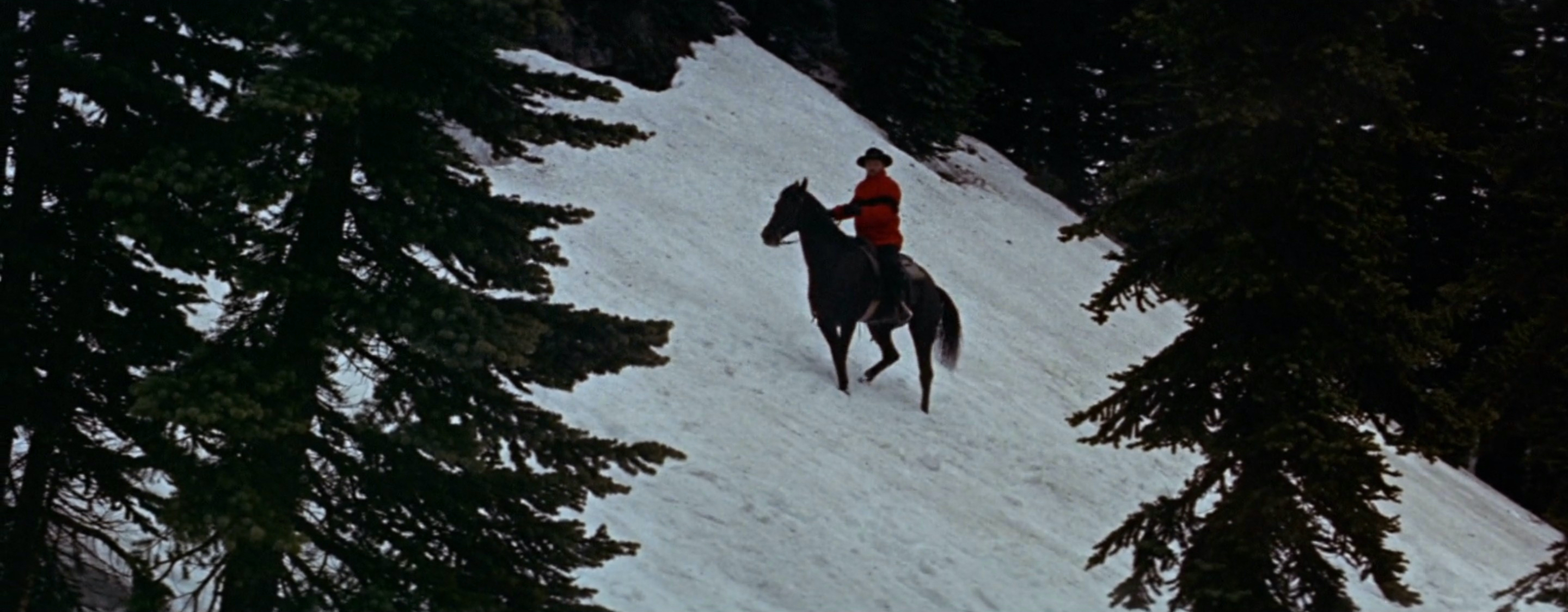
Track of the Cat (1954)
William A. Wellman stages a textured web of strained family dynamics with incredible visual detail in Track of the Cat, offering an unassumingly spiritual consideration of colonial masculinity in its psychological western drama, and fastidiously binding it all together with a ravishing monochrome palette where spiteful sterility thrives.
-
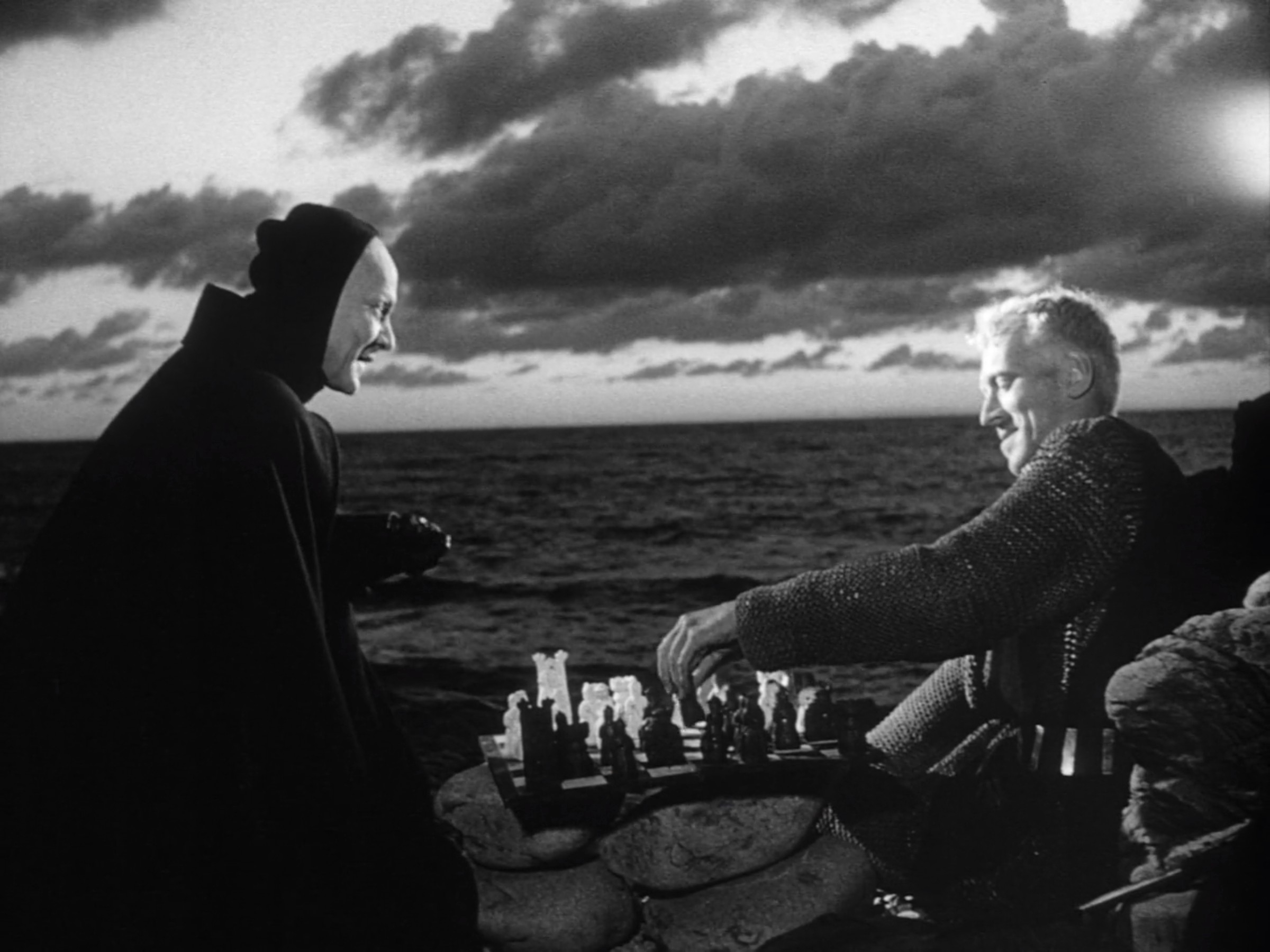
The Seventh Seal (1957)
Ingmar Bergman’s pensive journey of faith and doubt leads us through barren, plague-ridden landscapes in The Seventh Seal, imposing a stark beauty on his theological iconography and poetic contemplations which confirm this existential medieval fable as a historical feat of philosophical screenwriting.
-
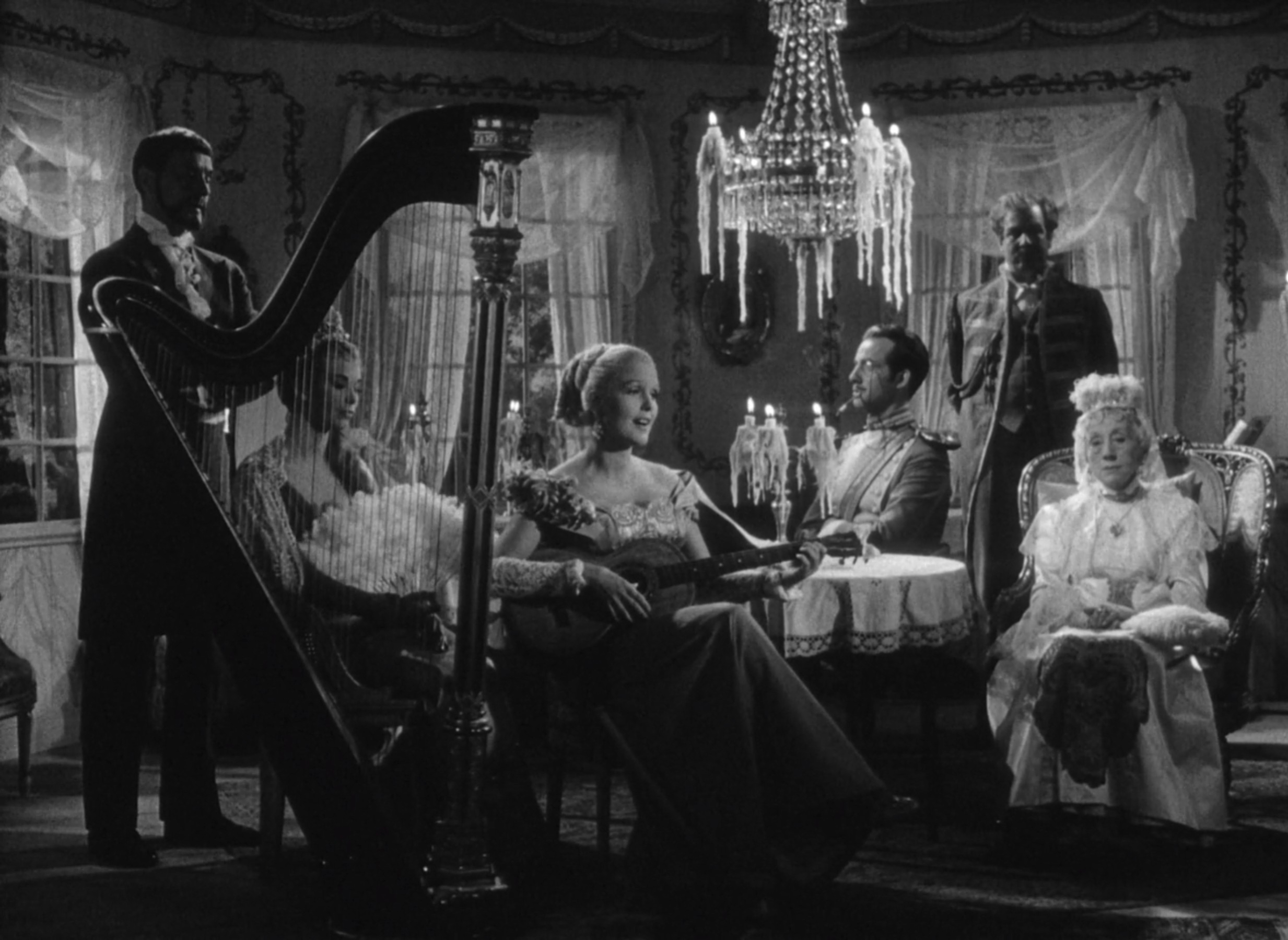
Smiles of a Summer Night (1955)
The complex web of betrayals, seductions, and alliances within the aristocratic ensemble of Smiles of a Summer Night is tantalising to watch for its sharp class satire, and yet Ingmar Bergman also buries a profound wisdom into his intoxicating chaos, deepening its joyful wonder with blessings for new beginnings and second chances.
-
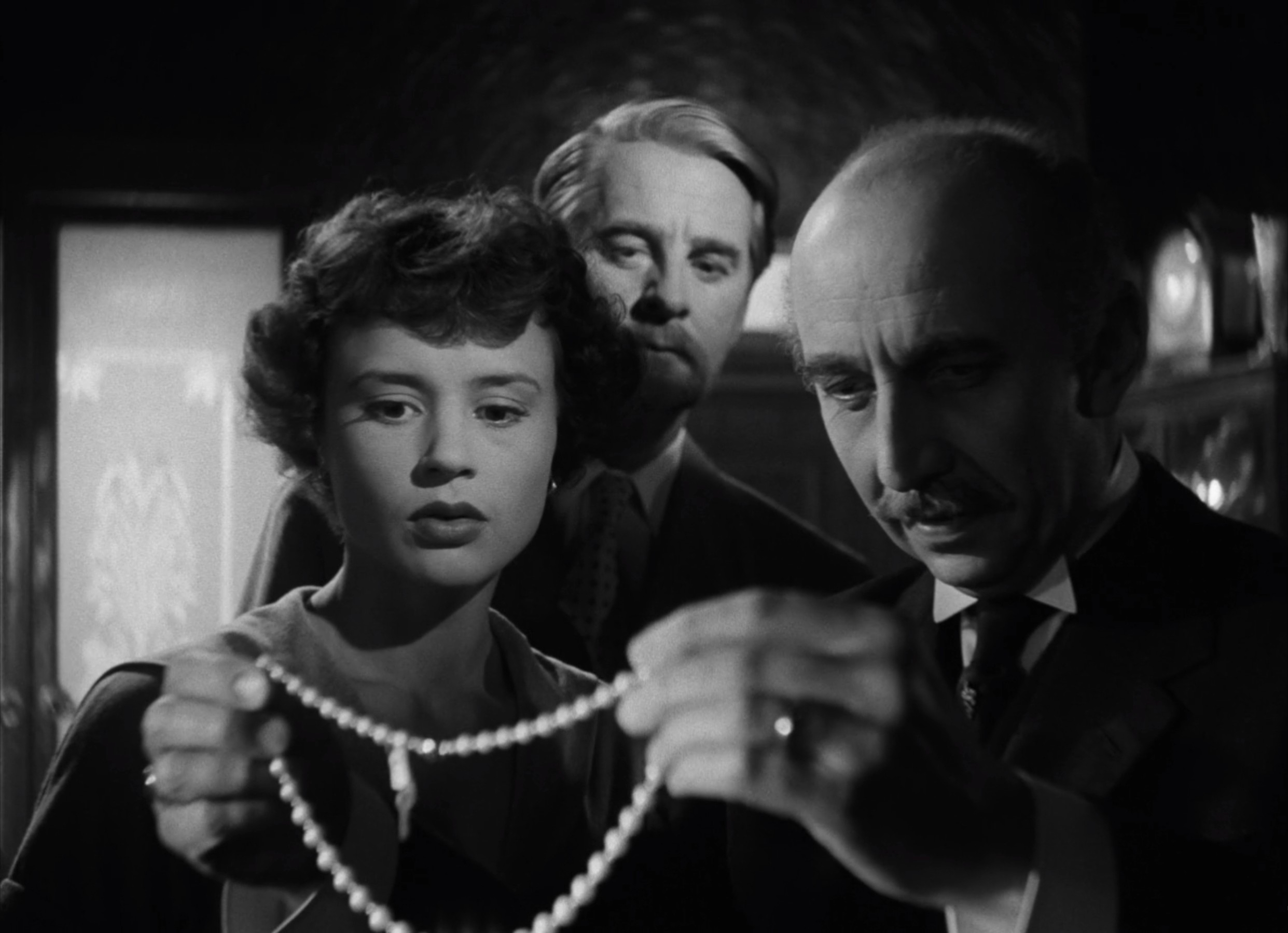
Dreams (1955)
The romantic fantasies that young model Doris and her agent Susanne chase down are blindly hinged on the belief that men are not lazy, mediocre creatures, and Ingmar Bergman delicately maps out the psychological terrain of these compulsive desires all through Dreams, leading both generations of women down parallel paths of inevitable disappointment.
-
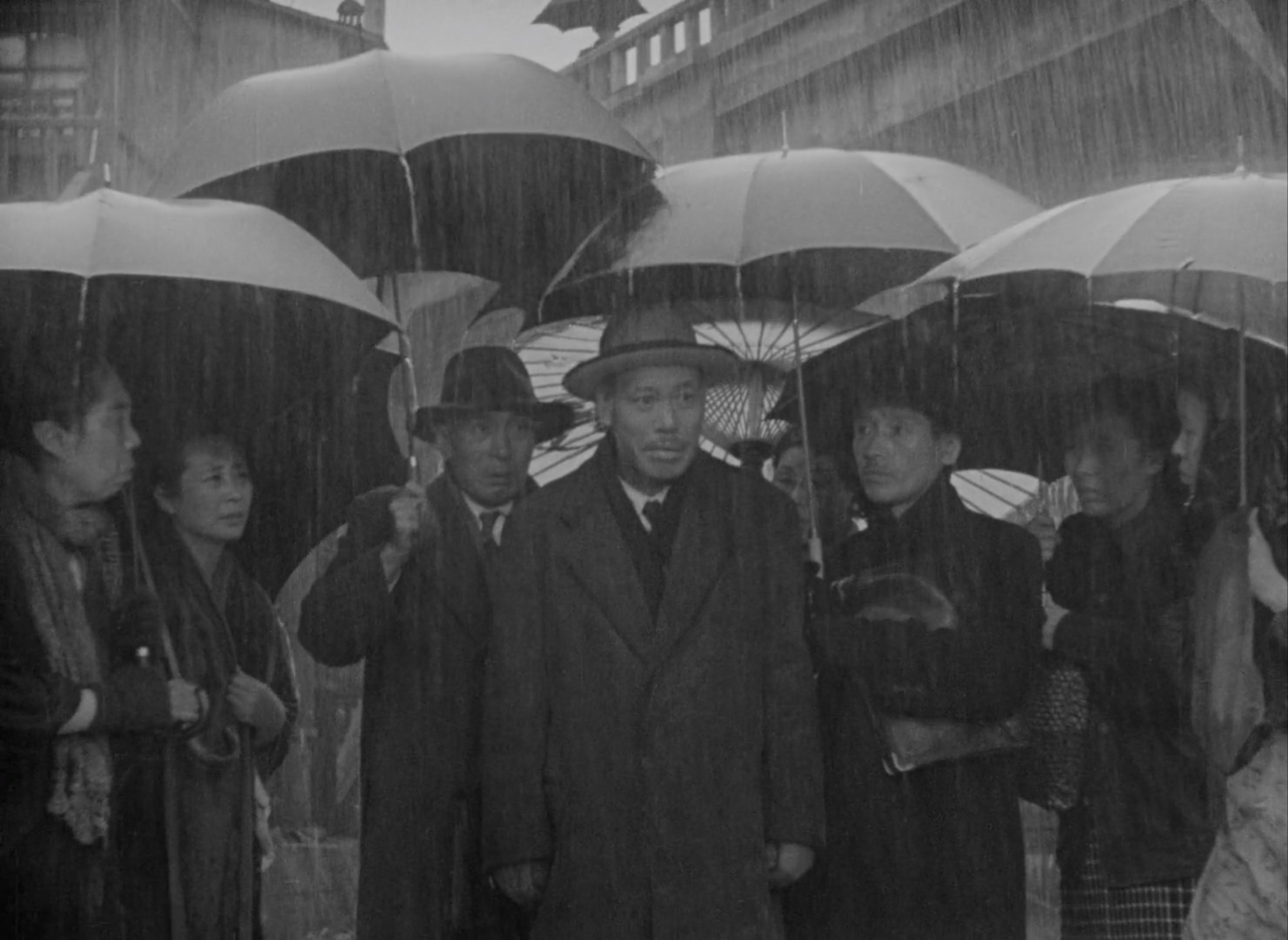
Ikiru (1952)
A direct translation of Ikiru to English is ‘To Live’, and it is in formally binding one dying bureaucrat’s revitalisation closely to this ideal that Akira Kurosawa gracefully transforms his existential study of mortality into an introspective consideration of life’s intrinsic purpose, infusing this profound spiritual journey with melancholy visual detail.
-
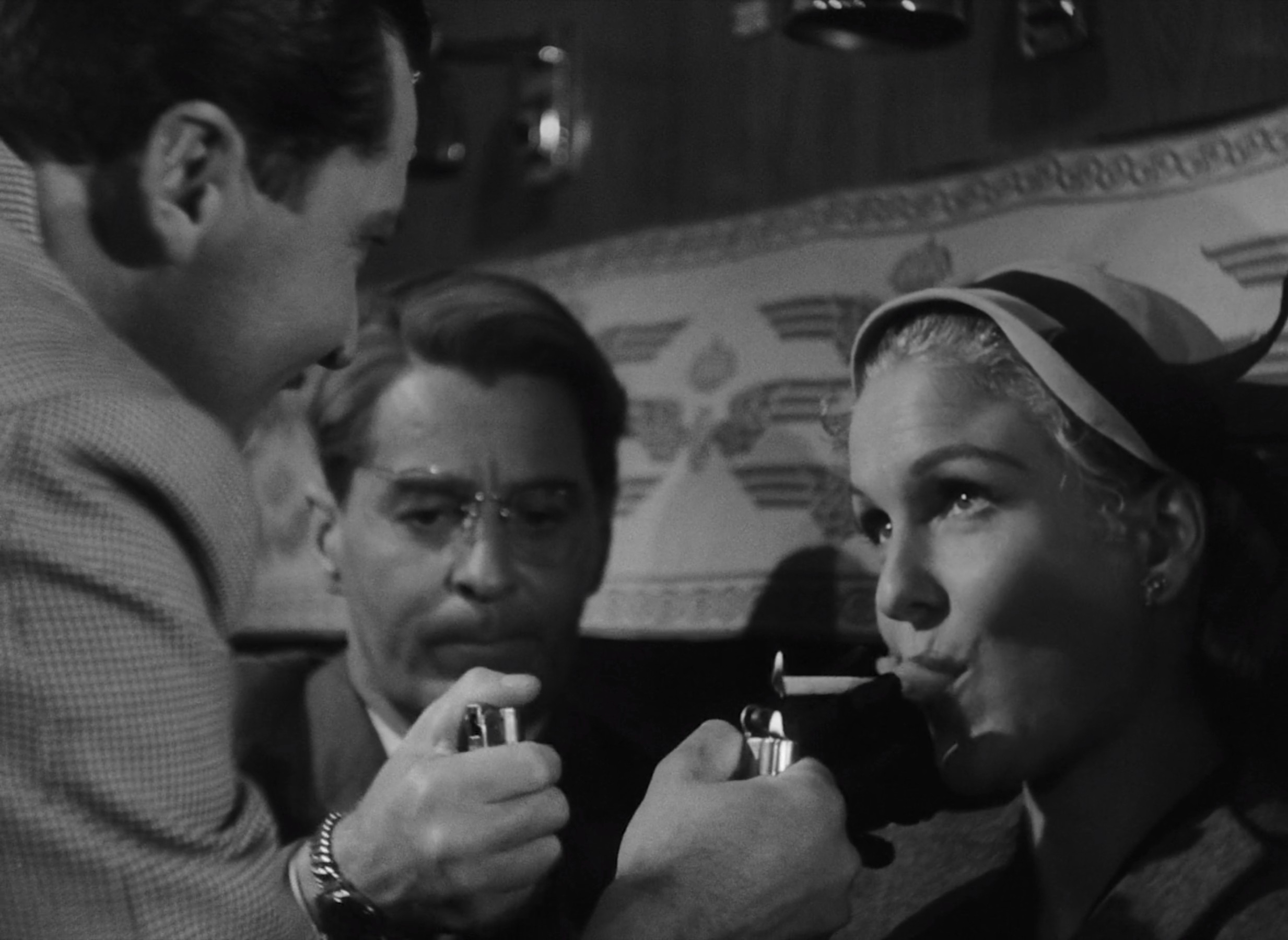
A Lesson in Love (1954)
A Lesson in Love is an impressive display of comic versatility for a relatively minor Ingmar Bergman film, sending his sober marital drama crashing into idiosyncratic foibles where screwball humour, sophisticated wit, and savage feuds intermingle.
-
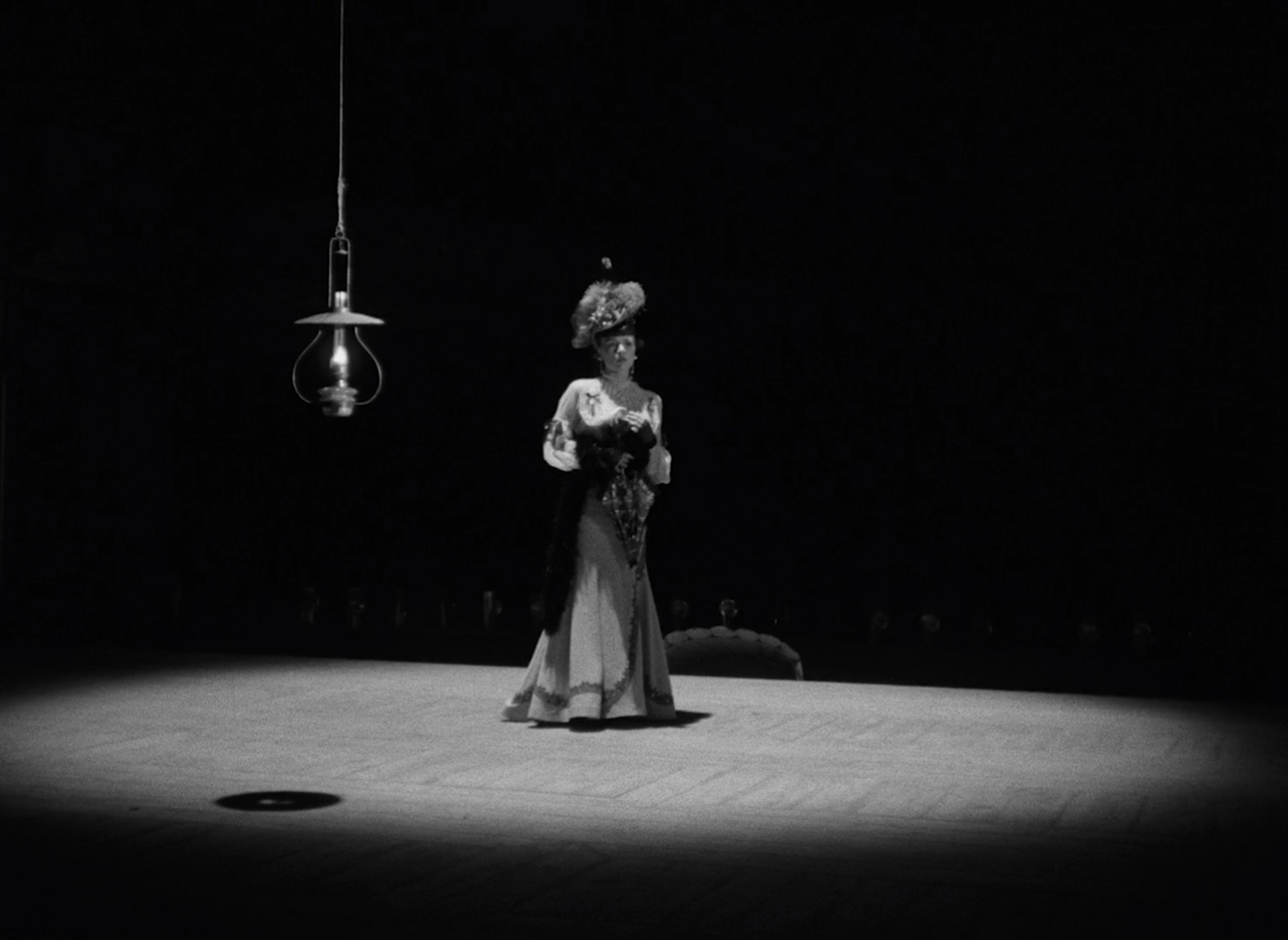
Sawdust and Tinsel (1953)
Life is a circus that creates entertainment out of humiliation, Ingmar Bergman posits in Sawdust and Tinsel, and in his rich staging and screenwriting he needles its existential drama with a finer, wittier point than ever before, finding both sympathy and pity for its hapless fools doomed to eternal ridicule.
-
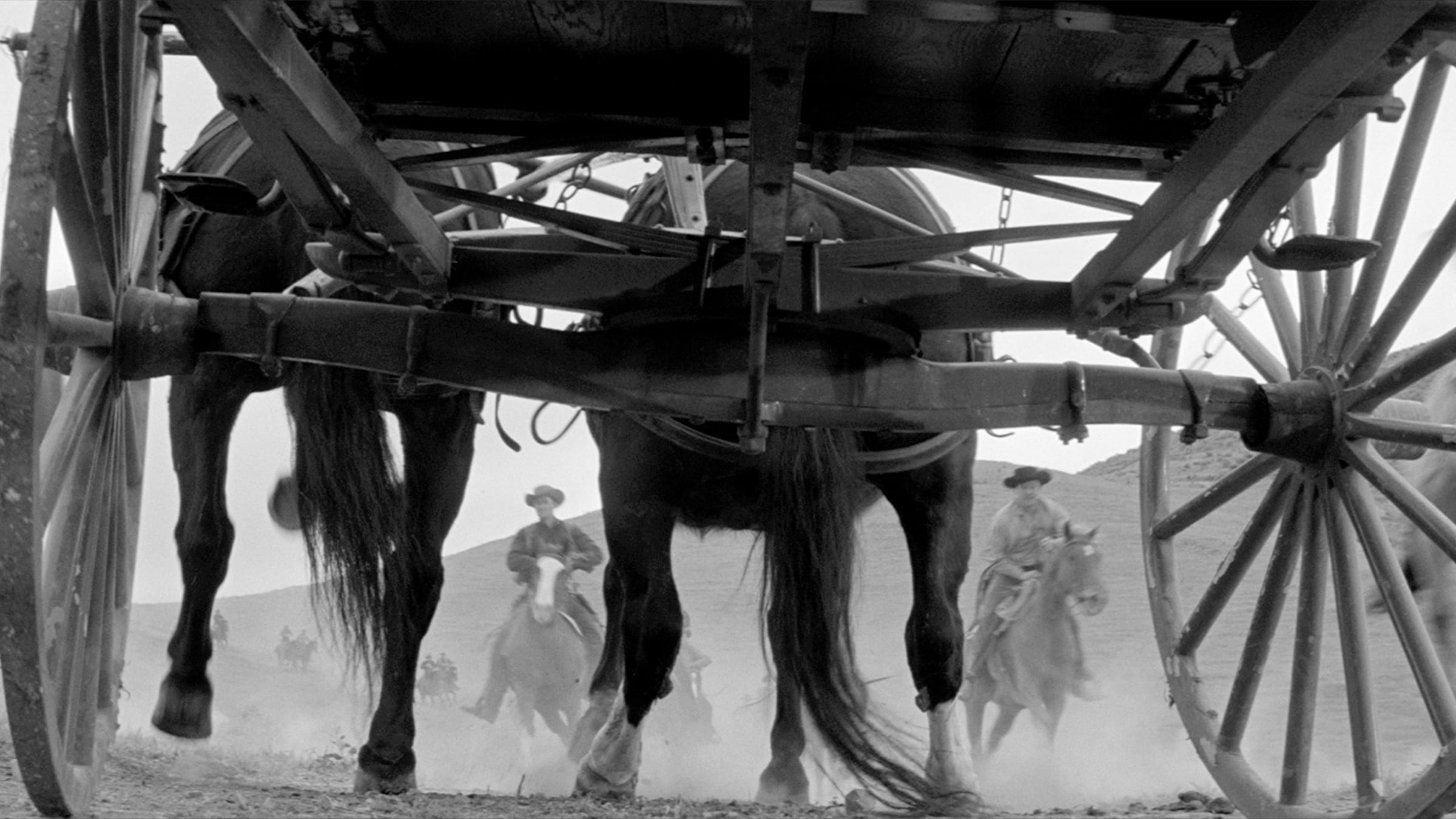
Forty Guns (1957)
Forty Guns draws significantly from the cultural mythology around lawman Wyatt Earp’s restoration of order to the town of Tombstone, though in Samuel Fuller’s eccentric visual expressions and complex characters, touches of bitterness and sensitivity are brought to this refreshing, female-centric revision of the Old West.
-

Bellissima (1951)
In Bellissima’s unconventional blend of Italian neorealism and comedic satire, Luchino Visconti takes sharp aim at the ludicrous glorification of the entertainment industry, identifying an authentic connection between one effusive show mum’s pursuit of stardom for her daughter, and her struggles of post-war poverty.

